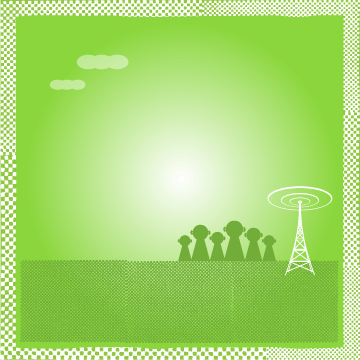Playlist: Daniel Lautenslager's Portfolio

Featured
Cleaning the Ground To Clean the Air
From KXCI | Part of the The Weekly Green series | 08:38
All around the reservation there are fields of empty bottles many decades old that testify to the despair that follows the loss of an ancient way of life. One day one man decides the time has come to pick them all up.
But what to do with all that glass? Well, He gives it to another man - a man from another universe, who knows a way to mix it with iron into a mortar stronger than concrete and capable of sucking up soot to boot.
- Playing
- Cleaning the Ground To Clean the Air
- From
- KXCI

Until about eight years ago, there used to be entire fields of discarded bottles all over the Tohono O'odham reservation, testifying to the despair that followed the disintegration of an ancient way of life. But today, these fields are largely gone, thanks to the dedication of one man to cleaning up the rez and his own life as well. And not only did he find a new purpose for himself, but for the bottles as well.
Richard Pablo had been sober and getting his life back together for about a year, when the Tohono O'odham Community College offered him a job collecting waste glass for a remarkable project: the development of a type of concrete that forms without heat.
Regular concrete requires limestone to be heated to between 2000 and 2800ºF for a day. Its carbon footprint is huge as a result: nearly 1 ton of CO2 per ton of concrete at an annual production of 10 billion tons. Looking for a sustainable alternative, David Stone, then a Ph.D. student at the University of Arizona, invented a compound based on iron carbonate that aggregates without heating. Moreover, it absorbs CO2 to form the carbonate from the waste iron thatis the primary ingredient; it is effectively carbon-negative.
Rather by accident, Dr. Stone discovered that the compound, called Ferrock, has a high affinity for glass, which increases its strength by a magnitude. It also lends Ferrock a degree of flexibility which makes it far less brittle than regular cement, to the point of being earthquake-resistant.
When Dr. Stone came to TOCC to give a presentation on sustainability, he mentioned his need for large quantities of waste glass to TOCC President Jane Latane. She knew that Richard, who had been attending the college for a semester, was looking for a job and brought the two men together. According to Richard, she was not aware of the 'party fields' on the reservation at the time and thought he would get it from the Tucson landfill. But Richard knew all too well and grabbed this opportunity to kill two birds with one stone with both hands.
The Weekly Green interviewed Richard about his collaboration with Dr. Stone and the meeting of two vastly different perspectives it entailed.